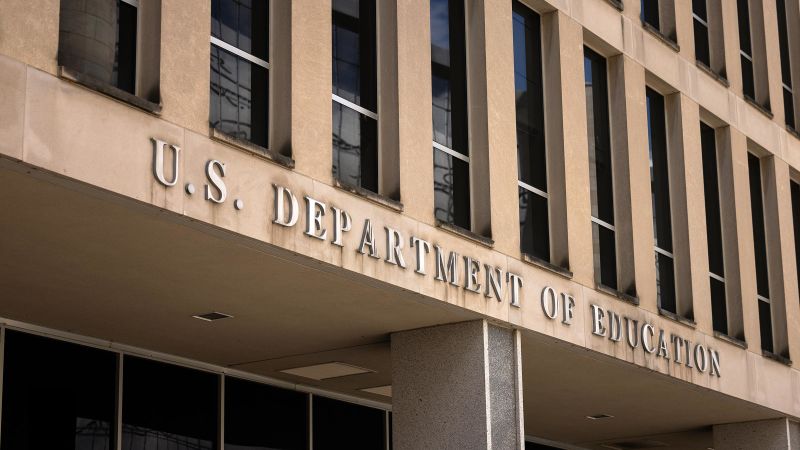Massive Layoff Wave Sweeps Through Federal Agencies: Thousands of Jobs on the Chopping Block

A wave of significant personnel changes is sweeping through federal agencies, with the Department of Education and Small Business Administration leading the charge in terminating probationary employees. Multiple federal workers and union representatives have confirmed to CNN that mass firings are now underway, signaling a potentially broader shift in federal workforce management.
These initial dismissals are targeting employees still within their probationary period, a critical phase where new government workers can be more easily removed from their positions. The developments suggest a strategic approach to workforce restructuring that could have implications across multiple federal departments.
While specific details about the number of employees affected remain unclear, the simultaneous actions at these two agencies indicate a coordinated effort to streamline staffing and potentially reset organizational priorities. Union sources are closely monitoring the situation, raising questions about the broader context and potential motivations behind these terminations.
As federal agencies continue to navigate complex operational landscapes, these personnel changes represent a significant moment in government employment dynamics, potentially setting the stage for more widespread workforce adjustments in the coming months.

